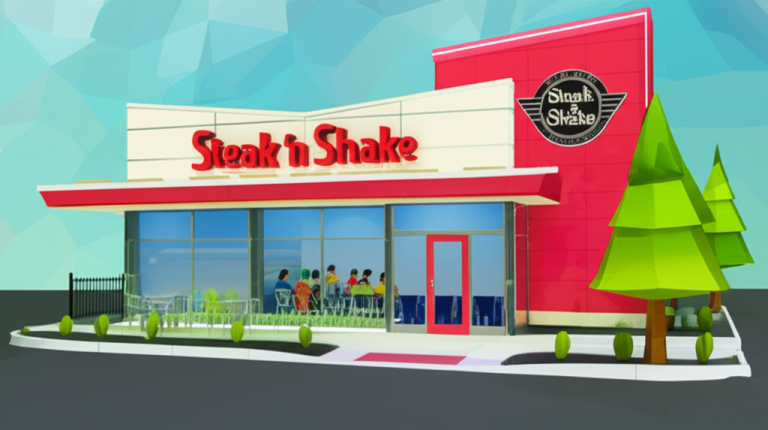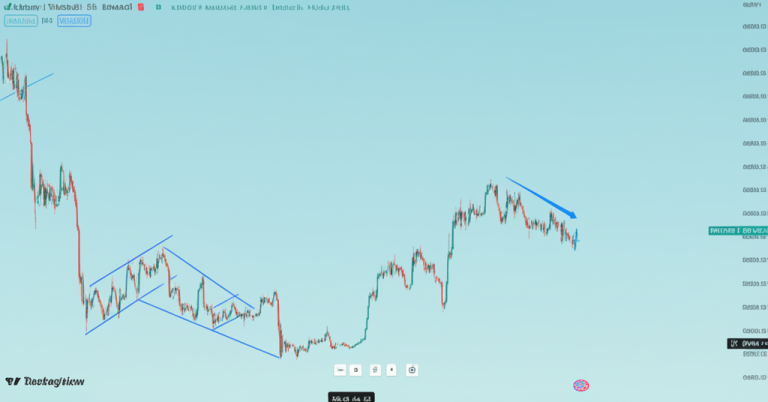“`markdown
The Rise of Crypto in Dining: Beyond the Steak ‘n Shake Speculation
Why the Buzz Around Bitcoin Payments?
The mere rumor of Steak ‘n Shake accepting Bitcoin sparked conversations, but the reality is more nuanced. While no major U.S. fast-food chain has fully embraced crypto yet, the trend reflects a broader shift: businesses testing decentralized currencies to attract tech-savvy customers and hedge against inflation. The 2% probability (per Polymarket) of Steak ‘n Shake adopting Bitcoin by July underscores skepticism, yet smaller eateries like Burger Bear in London or Crypto Coffee in Prague already demonstrate feasibility.
Challenges Holding Back Mainstream Adoption
Volatility vs. Value Meal Pricing
Imagine paying 0.0005 BTC for a burger one day and 0.0008 BTC the next. Bitcoin’s price swings make real-time pricing a logistical nightmare for restaurants operating on razor-thin margins. Some businesses use third-party processors like BitPay to instantly convert crypto to fiat, but this adds fees—a tough sell for cost-conscious franchises.
Regulatory Gray Areas
The U.S. Senate’s stalled stablecoin bill highlights the uncertainty. Without clear tax guidelines or consumer protections, chains risk legal headaches. For instance, the IRS treats Bitcoin as property, requiring businesses to track capital gains on every transaction—a compliance hurdle for busy kitchens.
Case Studies: Early Adopters’ Playbook
A Tampa-based pizza joint accepts Bitcoin but holds it long-term, betting on appreciation. While risky, this approach turned a 2020 crypto payment into triple its value by 2021—effectively subsidizing discounts.
Singapore’s KFC tested a blockchain-based rewards system where customers earn “KFC coins” for purchases. This sidesteps volatility while leveraging crypto’s appeal—a hybrid model gaining traction.
Consumer Psychology: Who Actually Wants to Spend Crypto?
Surveys show only 8% of Bitcoin holders regularly use it for purchases. Most treat it as an investment, not cash. Yet niche demographics—like freelancers paid in crypto or travelers avoiding exchange fees—present opportunities. A Berlin falafel shop reported 15% of sales from crypto, driven by expats sending remittances.
The Tech Stack: How It Would Work
For seamless integration, restaurants would need:
– Dynamic QR Menus: Prices adjust hourly based on crypto/fiat rates.
– Staff Training: Teaching cashiers to verify blockchain confirmations (typically 10+ minutes for Bitcoin) versus near-instant alternatives like Litecoin.
– Tax Automation Tools: Plugins syncing with accounting software to log each transaction’s fair market value.
The Verdict: When (Not If)
A Matter of Infrastructure, Not Ideology
The tipping point won’t come from a single steakhouse’s experiment but from behind-the-scenes innovations:
– Layer-2 Solutions: Bitcoin’s Lightning Network enables sub-cent fees and instant settlements, already used at Costa Rican surf shops.
– CBDC Bridges: If the Federal Reserve’s digital dollar launches, fast-food chains could adopt interoperable systems accepting both government-backed and private cryptocurrencies.
For now, crypto in fast food remains a marketing stunt—but the grease-stained path to mass adoption is being laid, one blockchain confirmation at a time.
“`
資料來源:
[1] www.politico.com
[2] polymarket.com
Powered By YOHO AI





